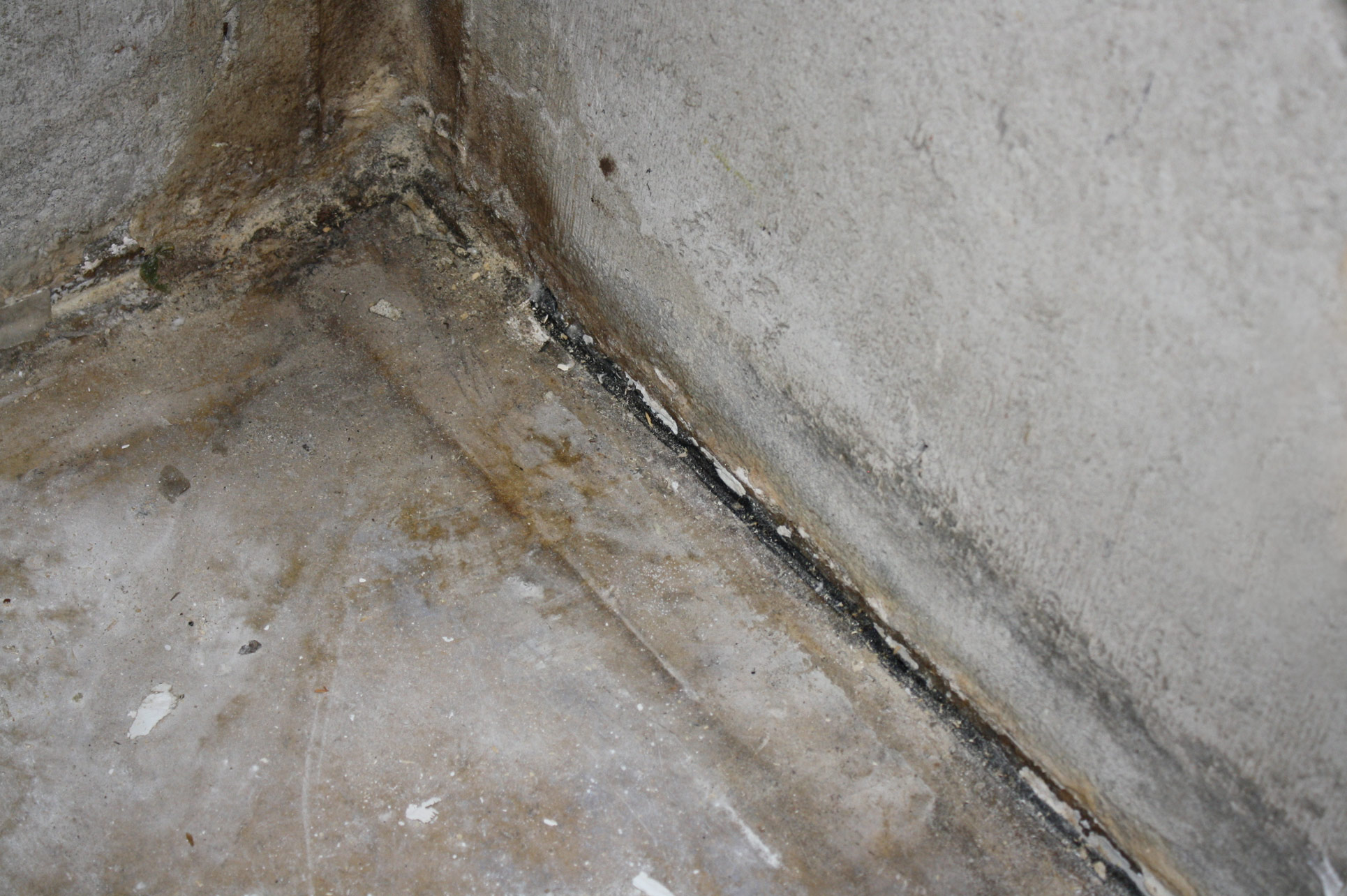How do you feel on the subject of How to detect water leaks in your home?

Leaks not only create waste of water but can likewise trigger unneeded damages to your house and promote undesirable natural development. Sadly, water leakages may go undetected since the majority of the pipework in our home is concealed. By understanding as well as looking for day-to-day scenarios that cause leaks, you can protect your home from future leaks and unnecessary damage. Today, we will certainly take a look at six leakage triggers that may be triggering your pipes to leak.
Instantaneous temperature changes.
Severe temperature level changes in our pipelines can cause them to increase and acquire all of a sudden. This expansion and also contraction may cause splits in the pipes, particularly if the temperature level are below cold.
Rusty water systems
As time goes by, your plumbing system ages and deterioration such as corrosion may begin eating away the pipes. This might be the reason for staining or bending on your water pipes. This asks for an assessment with your plumber instantly. Think about changing the pipelines considering that they are at a higher risk of deterioration than the newer versions if our plumbing system is old.
Defective Pipe Joints
The point at which your pipelines attach is regularly the weakest web link in the waterline. Pipe joints can deteriorate over time, resulting in water leakages. The majority of pipe joints are not conveniently noticeable. If you have noisy pipes that make ticking or banging sounds, specifically when the warm water is switched on, your pipeline joints are possibly under a great deal of pressure. It is advisable to have your plumber check your system annually.
Encroaching roots
Many water leaks begin outside your house as opposed to inside it. If you notice an abrupt reduction in water stress, say in your faucet, take time to head out and also analyze your yard. You could observe wet patches or sinkholes in your backyard, which might mean that tree roots are invading water lines causing water to seep out. You can have your plumber check for intrusion, particularly if you have trees or hedges near your building.
Poor Water Connectors
Sometimes, a leakage can be caused by loosened tubes and pipelines that provide your devices. Typically, changing is what creates the loosened water Connections. You might locate when it comes to a washing device, a hose pipe may spring a leakage as a result of shaking during the spin cycle. In case of a water links leak, you might notice water running straight from the supply line or puddles around your appliances.
Obstructed Drains
Blocked drains pipes could be aggravating and also inconveniencing, however they can occasionally end up triggering an overflow causing burst pipelines. Keep removing any products that might drop your drains that can clog them to avoid such hassles.
All the above are sources of leaks but not all water leaks arise from plumbing leaks; some leakages may come from roofing leakages. All leakages ought to be repaired instantly to prevent water damage.
Leaks not just create waste of water however can additionally create unnecessary damage to your residence as well as promote undesirable natural growth. By comprehending and looking for daily scenarios that create leakages, you can safeguard your house from future leaks and also unneeded damages. Today, we will certainly look at six leakage triggers that may be causing your pipelines to trickle.
At times, a leakage can be caused by loosened pipes and also pipes that supply your appliances. In case of a water connections leakage, you might observe water running directly from the supply line or puddles around your devices.
How To Check For Water Leak In Your Home
How To Check for Leaks
The average household's leaks can account for nearly 10,000 gallons of water wasted every year and ten percent of homes have leaks that waste 90 gallons or more per day. Common types of leaks found in the home are worn toilet flappers, dripping faucets, and other leaking valves. These types of leaks are often easy to fix, requiring only a few tools and hardware that can pay for themselves in water savings. Fixing easily corrected household water leaks can save homeowners about 10 percent on their water bills.
To check for leaks in your home, you first need to determine whether you're wasting water and then identify the source of the leak. Here are some tips for finding leaks:
Take a look at your water usage during a colder month, such as January or February. If a family of four exceeds 12,000 gallons per month, there are serious leaks.
Check your water meter before and after a two-hour period when no water is being used. If the meter changes at all, you probably have a leak.
Identify toilet leaks by placing a drop of food coloring in the toilet tank. If any color shows up in the bowl after 10 minutes, you have a leak. (Be sure to flush immediately after the experiment to avoid staining the tank.)
Examine faucet gaskets and pipe fittings for any water on the outside of the pipe to check for surface leaks.
Undetected water leaks can happen without the home or business owner even realizing. If you suspect a water leak, but not able to find the source. It is time to contact a professional water leak detection service, The Leak Doctor.
How To Find a Water Leak In Your Home
https://www.leakdoctor.com/blog/How-To-Check-For-Water-Leak-In-Your-Home_AE197.html

I am very occupied with Most Common Causes of Leaky Pipes and I'm hoping you enjoyed the blog posting. For those who enjoyed reading our page if you please don't forget to share it. Many thanks for your time spent reading it.
Reliable round-the-clock.